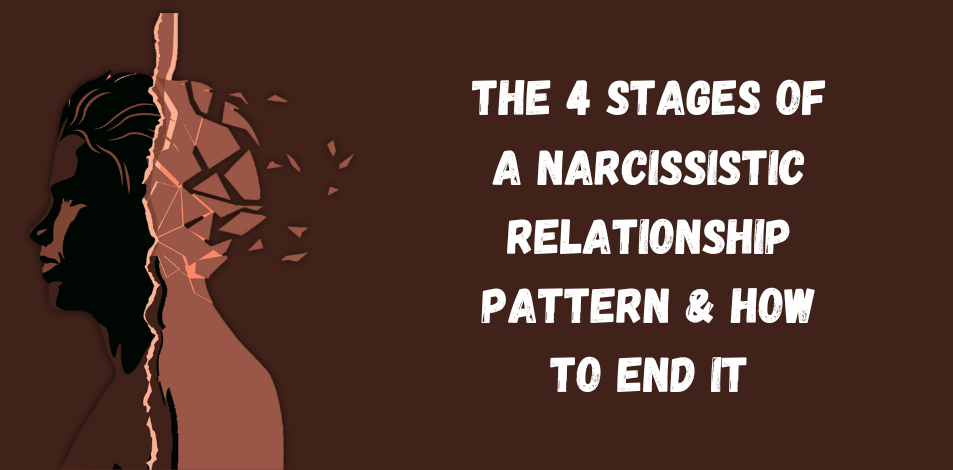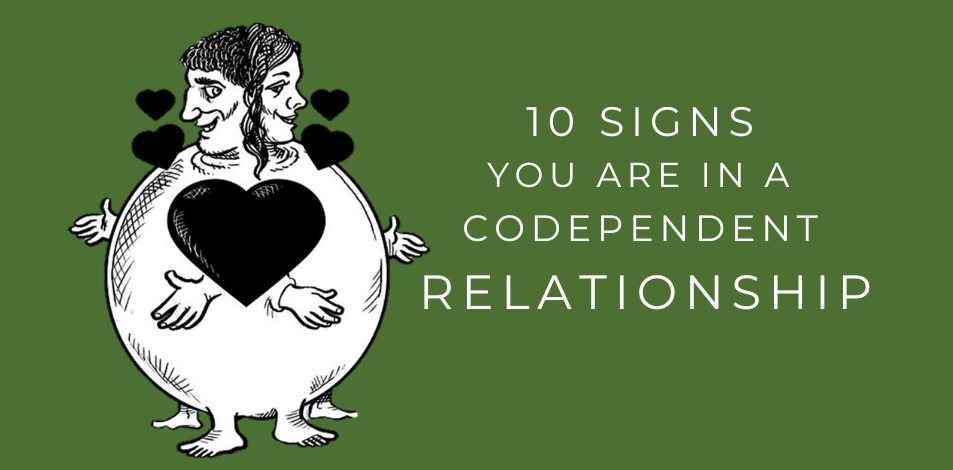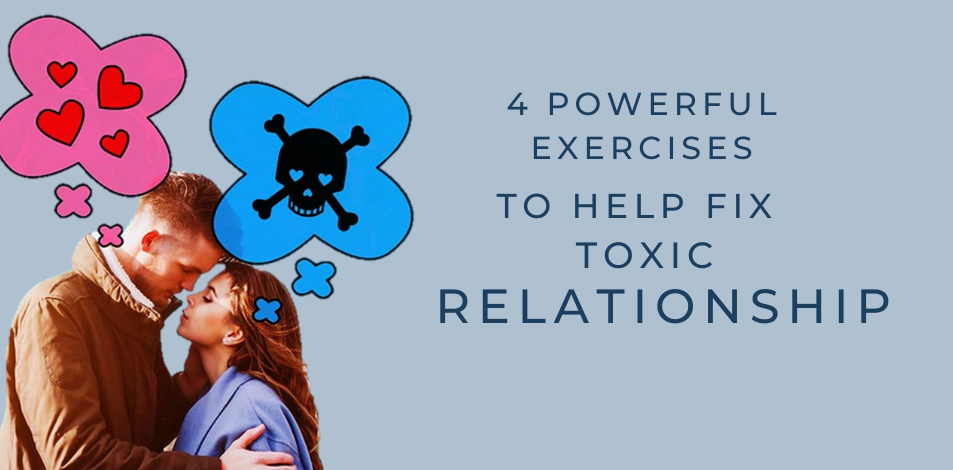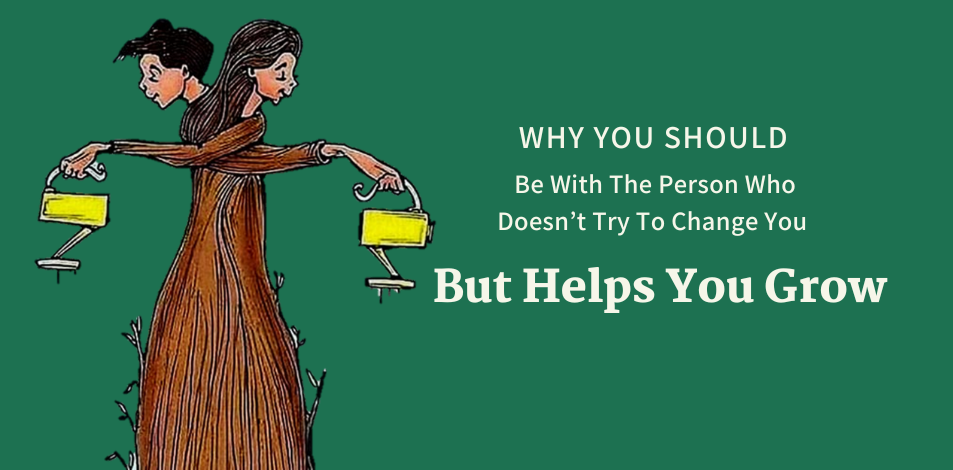

If you’ve ever dealt with a narcissist — whether at home, at work, in a romantic relationship, or otherwise — you know how overwhelming it can be. The person does not seem to care about anyone else’s needs but their own. Maybe they have a huge ego that you can’t stand, or maybe one day, they’re super cute and charming, but another day, they’re bringing you down. Sound familiar?
No matter what their specific behaviors look like, a relationship with a narcissist can be harmful and traumatic—and in the extreme, a narcissistic relationship style can have severe emotional, psychological, and physical effects.
Here’s how to recognize a narcissistic relationship pattern, tips for dealing with a narcissist, and how to move toward recovery, according to therapists.
What is the narcissistic relationship style?
Narcissism describes a specific pattern of behavior characterized by inflated self-worth, an excessive need for admiration, and a lack of empathy, says clinical psychologist Anya Raja, Ph.D. According to the American Psychological Association, people with narcissistic personality disorder (NPD) tend to feel entitlement and often take advantage of others, which can make it difficult to maintain relationships.
Narcissists often have unreasonable expectations of others, focus their own experience above everyone else’s, and display controlling behaviors in relationships. “Narcissists may use subtle manipulation techniques to influence people and situations in their favor — this can include things like passive aggressive behavior, playing the victim, or subtly undermining others to maintain control or boost their self-esteem,” says Raja. They may also expect others to meet their needs on a whim, refuse to take accountability for their actions, and be jealous or competitive with others.
Although all relationships look different, narcissistic relationship patterns tend to be unhealthy and unbalanced. “Narcissists tend to be exploitative, often forming relationships based on what they can gain from them, rather than true emotional connection,” explains Raja. “They may strategically choose romantic partners, friends, or colleagues who can provide them with status, wealth, or connections. Once someone doesn’t serve a purpose, they often denigrate or ignore them.”
Narcissists can also be highly charismatic, which makes it easy to fall in love with them—both romantically and platonially. “However, this charm is usually short-lived, and once they believe they have won someone’s admiration or loyalty, their true colors begin to show,” says Raja. This dynamic can cause a variety of challenges and even narcissistic abuse.
Here are the most common stages of what is known as the narcissistic abuse cycle:
Idealization stage: In the idealization stage, the narcissist quickly connects with you, makes you feel individual, and may put you on a pedestal. This stage is characterized by bombardment of appreciation and love, and it may feel surprising and intense.
Devaluation Stage: In this stage, the narcissist slowly begins to make you feel insecure and devalues you through criticism, passive-aggressiveness, backhanded compliments, stalling, comparison to others, mind games, and more.
Repetition Phase: In this phase, the cycle of idealization and devaluation repeats again – the person may be very nice to you and shower you with compliments before starting to devalue you.
Neglect stage: In this stage, the narcissist may reject you or suddenly decide that they no longer have any use in the relationship, and abruptly end it. They may also shine a light on you, express senseless anger, or use other harmful techniques (such as staring) to maintain control over you.




